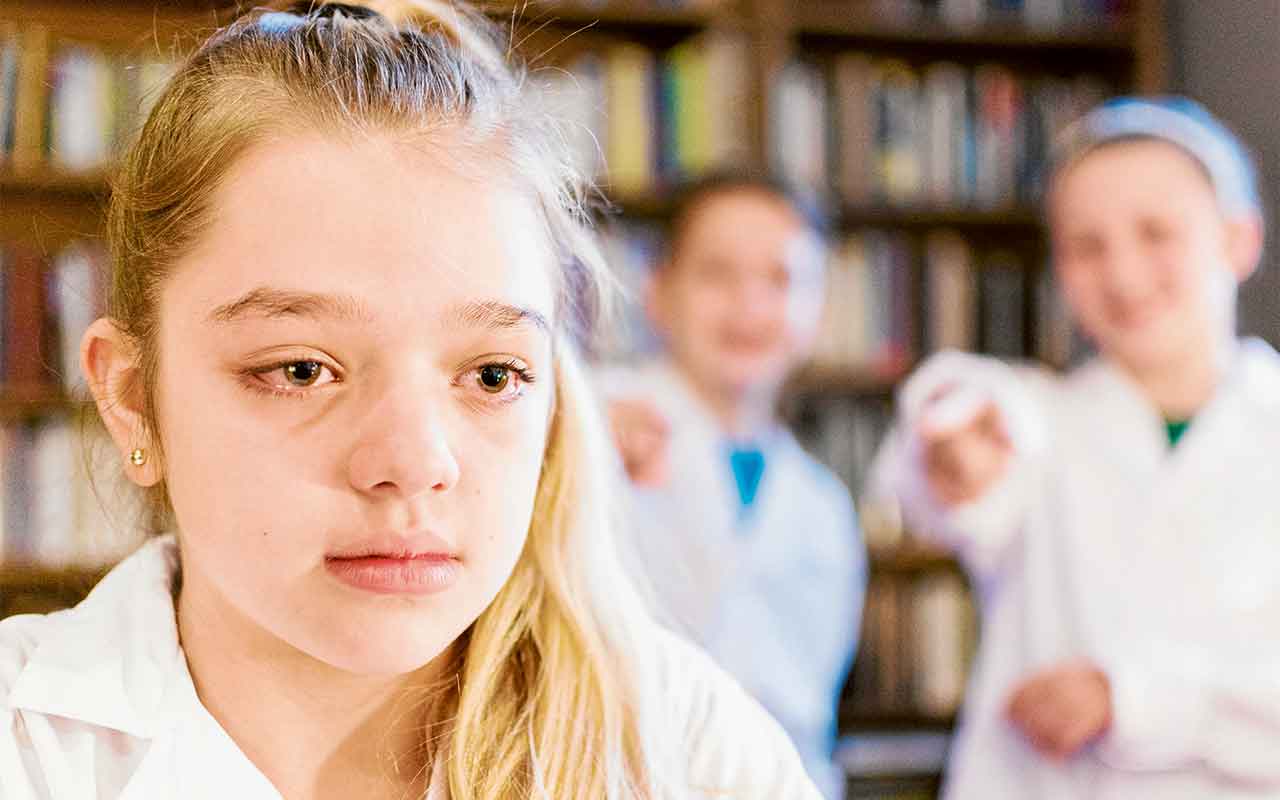
When you think back to your own childhood, inclusivity and acceptance were critical in contributing to your overall happiness as a kid. There aren’t many children or teenagers who have not experienced moments of judgement, exclusion and sadly even torment at one time or another, and that’s something that can stay with you well into your adult years.
While we like to think that as a society Australians are inclusive and embrace diversity, sometimes the reality can be quite different. In an educational context, for a child inclusivity means being accepted and supported by your peers but it also means that regardless of any specific learning difficulties or barriers, they are given every opportunity to reach their full potential.
International Day of Persons with Disabilities is celebrated on 3 December. The theme this year is empowering persons with disabilities and ensuring inclusiveness and equality.
In our families, schools and communities, many people are living with disability. According to the Australian Bureau of Statistics Survey of Disability, Ageing and Carers (SDAC), in 2015 there were 4.3 million Australians with disability – that’s nearly one in five people.
For children and young people living with disability, ensuring that they have the same educational opportunities as other students is critical to enabling all young Australians to reach their full potential and become happy, contributing members of society.
More than 18 per cent of the student population in NSW Catholic schools require adjustments to accommodate their inclusion in school. In the classroom, diversity is the norm – think about a child who requires anaphylaxis management to a child with significant learning difficulties. Both children require an adjustment in some form to ensure they are safe, happy, healthy and successful learners.
When we talk about inclusivity in education, the first step to ensuring inclusivity is reducing the stigma around disability. The words we use and the examples we set for our children are incredibly important. Even using the word “diversity” instead of “different” is more inclusive in nature and can make a big difference. It’s about encouraging our children to embrace diversity in their classrooms and to try and be a good friend to all, not just a few.
From a teaching perspective, every day in our schools, teachers are making adjustments to their programs to ensure kids who are living with disability are reaching their individual learning goals. It’s essential that parents who have a child with additional learning needs work closely with the school on the child’s individual learning program to ensure that the family, student and school are on the same page and working towards the same learning outcomes.
For more information on curriculum planning for a child with additional learning needs, check out the websites listed below.
- www.education.gov.au/students-disability
- https://studentwellbeinghub.edu.au/resources#/
- https://syllabus.nesa.nsw.edu.au/special-education/
- https://education.nsw.gov.au/teaching-and-learning/disability-learning-and-support
Partners4learning.edu.au also has a helpful guide for parents on transitioning young people with disabilities from school to further study or work.
The Council of Catholic School Parents (CCSP) NSW/ACT is the peak representative body for parents with children in Catholic schools in NSW and the ACT. Parents and educators can access more handy resources on the CCSP website: www.ccsp.catholic.edu.au
